For the record, this photoblog was scheduled to be posted in the last weekend of September; alas, due to multiple overlapping interrupts in both the saecular and personal spheres, that schedule was pushed forward, so here I am, documenting September's trip in early October. Anyways, the woman and I celebrated this year's autumnal equinox by going on what hipsters nowadays call a "city break" over in the tiny town of Târgoviște.
Aside from being a common toponym in this region of Europe, the name "târgoviște" is a (seemingly) convoluted (and at the same time very short) way of saying "that place/town where they hold a marketplace". So let's deconstruct it together: the first part of the word, "târg", literally means "marketplace", although in some other contexts it means "bargain". The "ov" particle is Slavic in origin; wiktionary says it must have something to do with patronyms, though it's unlikely this is the case here; rather, the second etymological explanation from Russian, i.e. the genitive plural desinence thingie, might be closer to the truth, which would make "târgov" something along the lines of "of marketplace".
Now, Romanian (among others) has this mechanism where affixing something to a word indicates a new related thing. For example "târgoveț" is a person who spends their time in a marketplace, or more generally someone who lives in a town -- which would make the English translation of "târgoviște" more along the lines of "the place where they have a town"1, or rather, "the capital", which, redundantly enough, is what our Târgoviște was for some centuries before Bucharest became fashionable. This might indicate that the town's name came into existence through usage rather than through some bureaucratic decree, but anyway. As for the "iște" suffix, it's common in agriculture, where it denotes bunches of things, e.g. "grâiște" is where they cultivate "grâu", i.e. grain.
So then, a târgoviște is a bunch of târgoveți; or a bunch of marketplaces; or put in simpler terms, the place where most business goes -- actually, the main place for business during medieval times in the Wallachian state. This is where, say, your beloved "Dracula" held court during his reign, and so where the lordly2 court can be found. And now that we're done with this lengthy intro, let's get to the meat of this short journey.
Below: look ma, no arms!
Above: to be honest, I find this combination of disparate elements rather disconcerting; the citizens of Târgoviște seem to like it though, so who am I to argue. Below: creepy old house.
Above: noods, courtesy of one Vasile Blendea, painter and sculptor. They, by which I mean the cute lady guiding us through the museum, say he was good friends with Nicolae Iorga, who also helped Blendea with his studies. This should explain the following:
Some people told me my "arfistic" choices with respect to photo processing are very weird: either the subject is too dark, too light, too contrasty, not constrasty enough, too colourful, too desaturated and so on and so forth. All this tells me is that they never sat to wonder what exactly leads me to such choices, what else.
Take the photo above for example, and try to answer: what does it represent and why is there no colour in there? Is it that I wanted to make it look old because the man -- cela n'est pas un homme, n'est-ce pas? -- is old? Is it that I wanted to make it look "noir" for some unknown reason, or what? And now that we've uttered these questions, let's take a closer look at the subject, a white gypsum statuette: what do you think would be gained by adding colours (other than the shades of gray we see) to it? and how is it relevant to the photo?
Well, there you have it. Below: a list of medieval Wallachian rulers. Now, let's be honest with ourselves, dear people who call yourselves Romanians: a few of those names represent actual people, yes, but you don't need more than a hand to count the subset of actual people in that list, as opposed to the cocksucker derpity-derps who've derped around all the way since Mircea to Constantin. Take Vlad IV for example: there's a reason they call him "Înecatul", namely that that's the most notable event of his life. And with this, I think we're settled on these guys' importance -- and since we're here, with the importance of the guys you're voting for in your time.
Above: Romanian writing, approximately mid and (respectively) late nineteenth century. Notice the mixed script in that first one? Funnily enough, the same Treboniu Laurian would (just a bit later) hate on any and everything non-Latin in this Romanian language, to the point of acute uncleftishness.
Below: a sunny day in ye olde Târgoviște.
Further below: pornography straight from the Paleolithic, exposed (as reproductions, I suspect) in this little cute "museum of human evolution" downtown. Speaking of which, the museum was built "to European standards", they say, which yes, puts it a notch above that shit in Sibiu. On the other hand I don't know what to say about the low-quality photos and Google Maps screenshots... only that I bet they siphoned a lot of money through this project.
Above: pornography of a different kind. Below: the history museum hosts some paintings, among which one by a dude I've never heard about before. Let's give him a moment in the tarpitian spotlight.
Above: two planes crossing the sky in the sunset, above ye olde Târgoviște. Below: the last photo in this series...
... what they call "the old centre" there, namely a bunch of cafés and pubs lined together on a couple of streets. That's how you know you're in a town populated by orcs: they sheepishly distort the meaning of something towards anything other than what it actually means, on the basis of the (actual) item in question looking vaguely similar to something they've seen before, somewhere else. They went to "da big town" -- they call it "la oraș" around those parts, I'm not shitting you! --, you see, and saw how one of those "centru vechi" looks, so they decided to make a "centru vechi" of their own. Only there's no vechi whatsoever in their centru; or if that's old, then what the fuck have you to say about those ruins you so proudly expose in that other centre, you dumbasses?
And here's another sign of deeply ingrained orcishness in this little town: if you're there unmotorized and want to leave, do it before seventeen hours, or else prepare to be stranded until the next day: the last train to Bucharest leaves around five PM, and while there are supposedly buses available, none of them stick to any schedule, either displayed online or as communicated through phone. Sure, Bucharest is less than two hours away and we have a meatwot, so the extra hours spent sipping on hot chocolate didn't bother us. This ain't about us though.
Long story short: Târgoviște is a clean little town, fulla young ones and plenty of stuff to see. It takes more than a day to see everything, but even if you plan to go there for a short trip, the second one isn't really worth it.
-
"Târg" may also denote a small town in this language. Hey, don't blame me, I'm just the messenger. ↩
-
"Curtea Domnească" is literally "the court of the Domn", where "Domn" was locally used to denote the absolute owner and ruler over some particular piece of land. The word comes from the Latin "Dominus", i.e. a ruler, master, in other words, a lord who is given dominion over some domain.
What can I say. The more things change, the more they stay the same. ↩
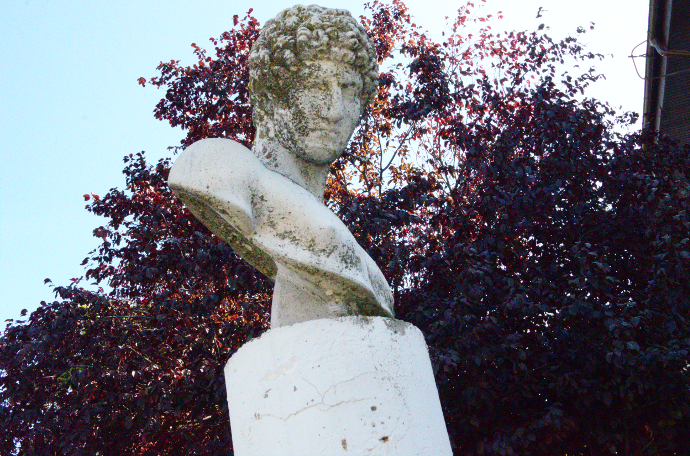
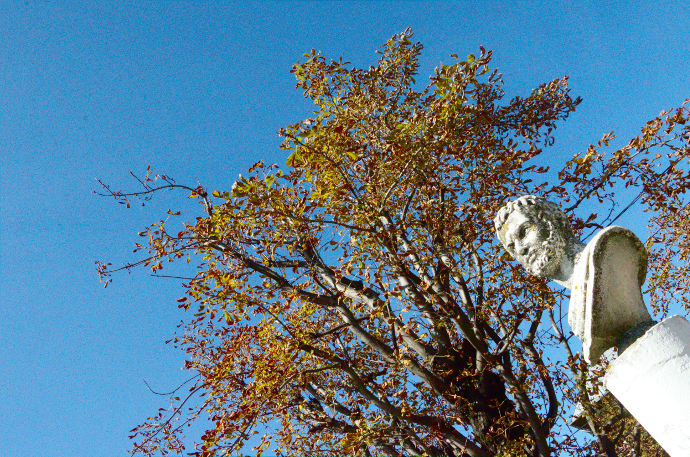
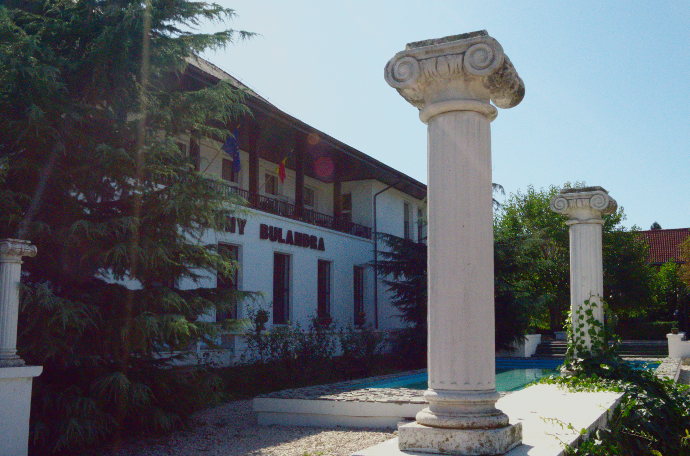
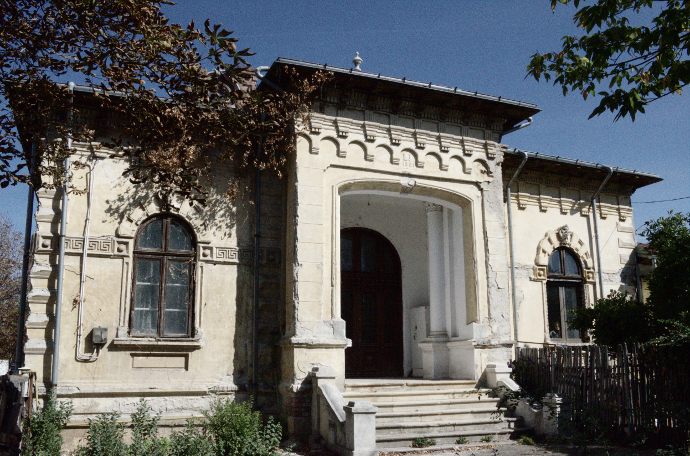
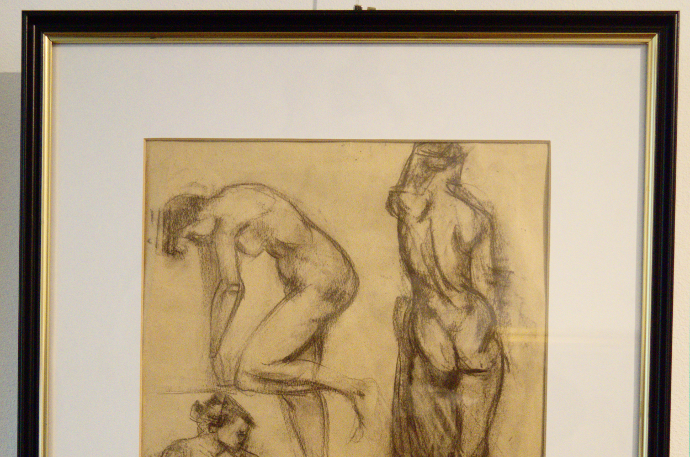
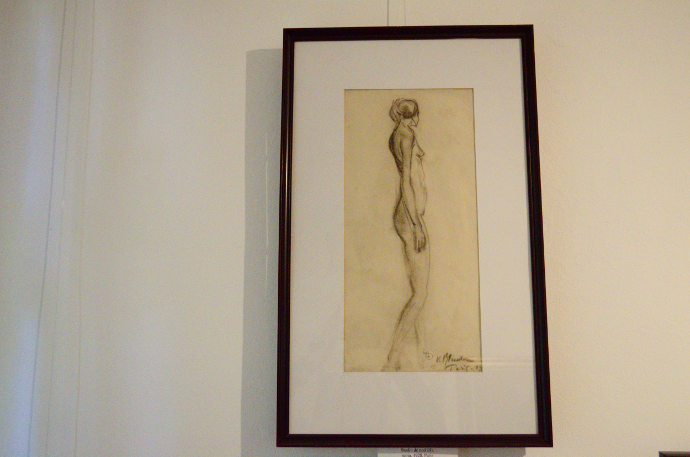
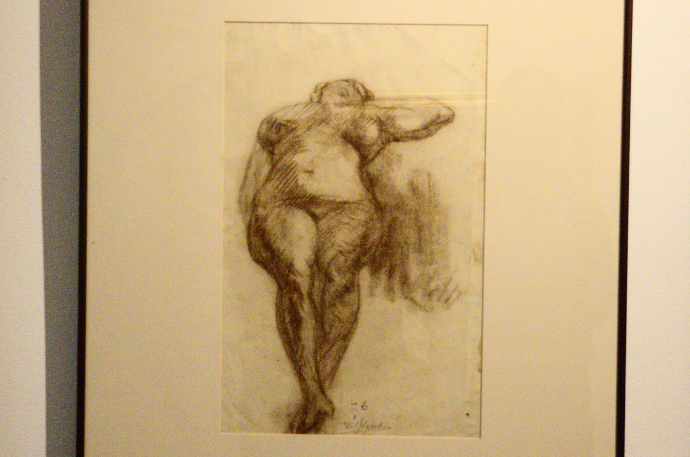
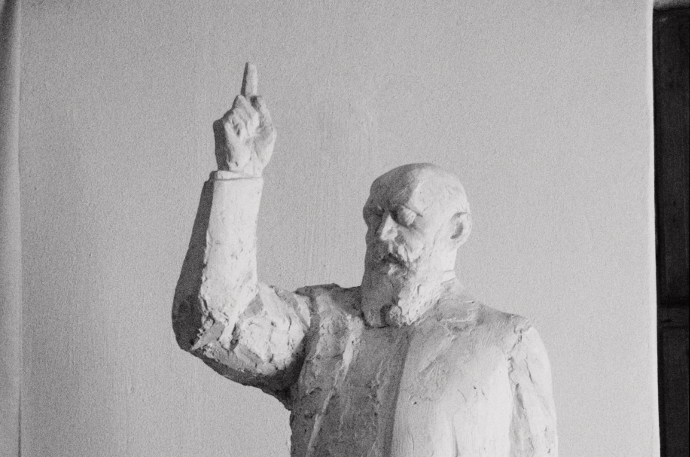
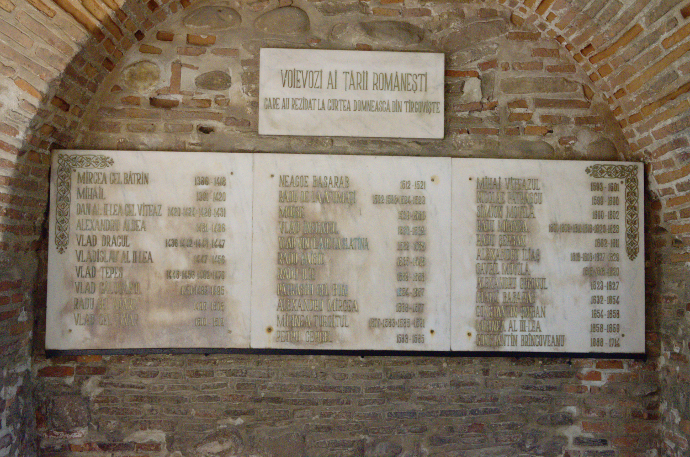
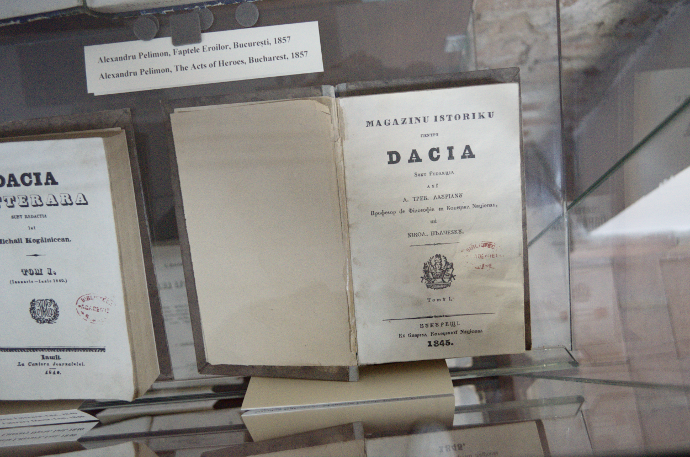
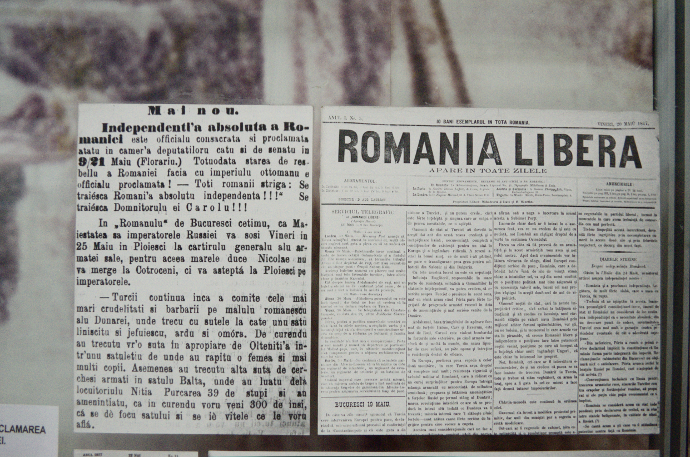
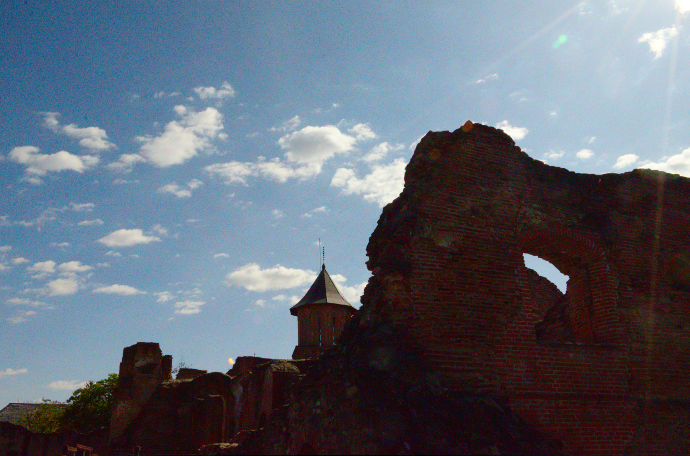
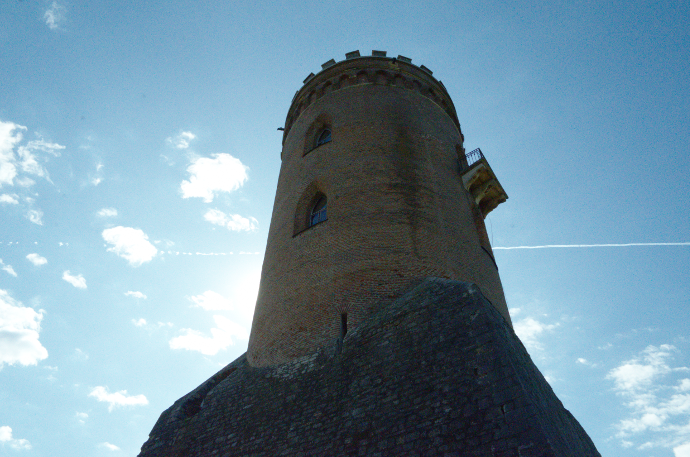
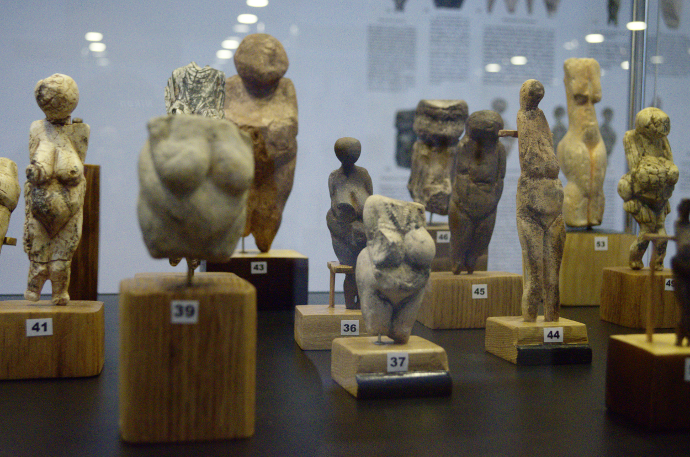
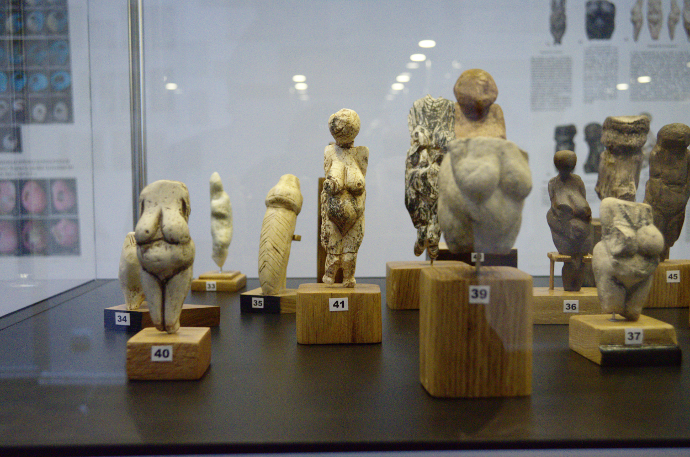
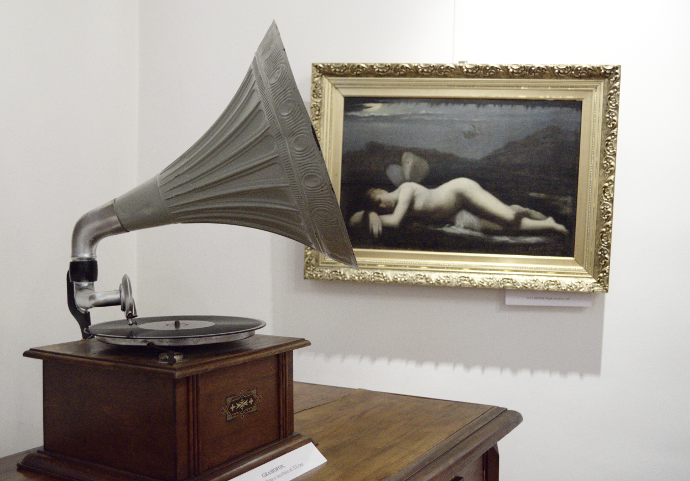
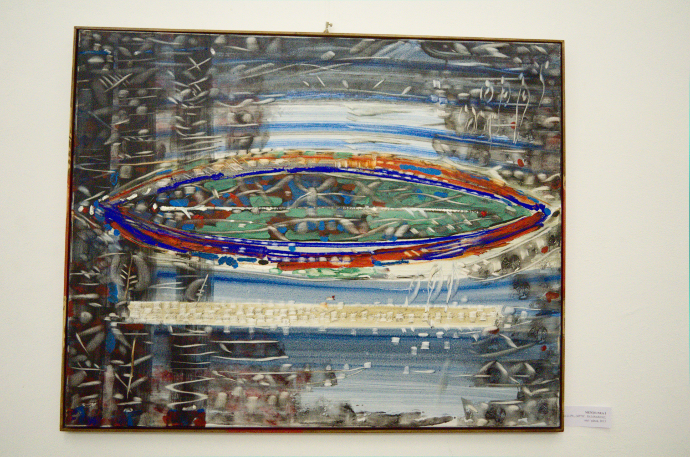

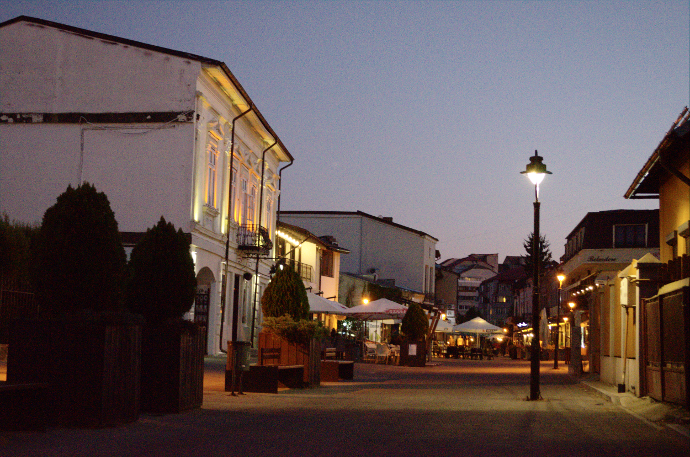
About... what? three-four years later? I've actually made the second trip and all I can say is that I was wrong. I wasn't wrong in my observation that the town is slowly turning into a cheap copy of Bucharest, which it is, among others. I wasn't wrong in my observation that there's plenty of orcs roaming around either, but this ain't much of an observation, given that most Romanians fit the description.
Beneath this superficial layer, however, there lies another. The Chindia Tower not only still stands, but it even looks better than last time. Moreover, the food downtown is miles better (and sans pretense to "fine dining") than the one in Bucharest; and more importantly, the smart folks in and around town are connected and they're presently working to reject the unsmart ones. It's not an easy job and it comes with heavy costs, but the costs are slowly rebalancing as some of the new kids grow unimpressed with the technologist mumbo-jumbo and as they are otherwise inclined to learn from their betters.
Thus the prediction holds... so far.
[...] station in Bucharest, named after one of Wallachia's last relevant medieval voivodes. Actually, named after a boulevard bearing the ruler's name, but [...]
[...] 1816 in Bucharest and died in 1897 in Ghergani, Dâmbovița (roughly on the way from Bucharest to Târgoviște). He was, in short, a man who did many things, some more notable than others, and went many places, [...]